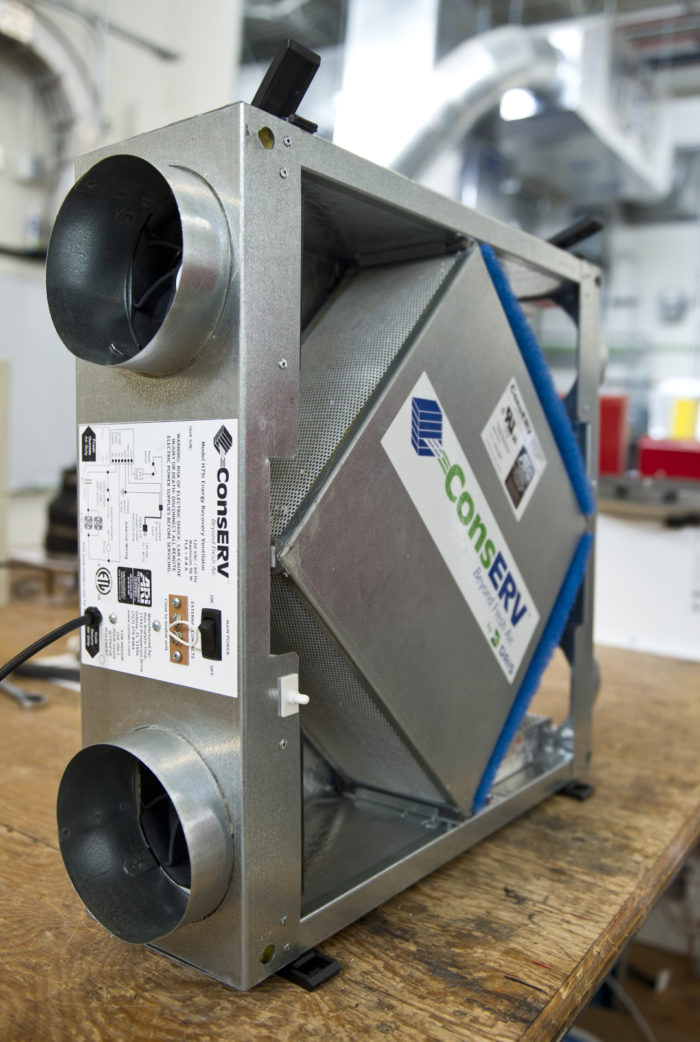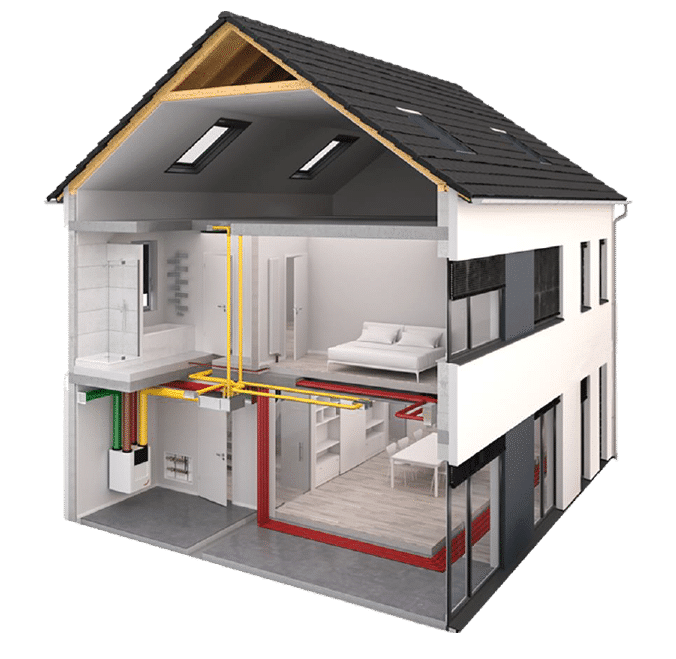How Long Does HRV Remain Effective? Exploring System Lifespan
Wiki Article
Discovering the Conveniences of Heat Recovery Ventilation for Energy Performance in Homes
Heat Recovery Ventilation (HRV) systems supply property owners a practical technique to enhancing power performance. By recovering heat from outward bound air, these systems can significantly reduce home heating and cooling expenses. In addition, they provide a consistent supply of fresh air, boosting indoor air high quality and comfort levels. As house owners consider sustainable alternatives, comprehending the subtleties of HRV systems ends up being significantly important. What elements should one examine prior to making such a financial investment?Understanding Heat Recovery Ventilation Systems

Exactly How HRV Enhances Indoor Air High Quality

Power Savings: The Financial Advantages of HRV
Making the most of power efficiency, heat recovery ventilation (HRV) systems supply considerable monetary advantages for homeowners. By recuperating and reusing heat from exhaust air, HRVs considerably decrease cooling and heating costs. This innovation can cause power savings of up to 30%, relying on climate and use patterns. Homeowners frequently notice reduced energy bills quickly after installation, making HRVs a financially wise financial investment gradually. Additionally, many areas provide rewards or refunds for energy-efficient upgrades, additionally boosting the economic charm. As power costs proceed to climb, the cost-effectiveness of HRVs becomes increasingly clear. In general, the consolidation of HRV systems not only promotes energy effectiveness but also contributes to long-lasting monetary savings for households.The Ecological Impact of Heat Recovery Ventilation
A substantial environmental benefit of heat recovery ventilation (HRV) systems hinges on their capacity to decrease total power consumption. By reclaiming heat from exhaust air and moving it to incoming fresh air, HRV systems decrease the requirement for energy-intensive home heating and cooling approaches. This reduction in power need adds to decrease greenhouse gas discharges, as less nonrenewable fuel source is needed to keep comfy indoor temperature levels. Additionally, HRV systems boost indoor air high quality by successfully exchanging stagnant air with fresh exterior air, decreasing dependence on mechanical cooling systems that can hurt the atmosphere. On the whole, the implementation of HRV systems sustains lasting living practices and lines up with worldwide efforts to battle climate modification by advertising power effectiveness in household setups.
Picking the Right HRV System for Your Home
Exactly how can homeowners guarantee they choose the right heat recovery ventilation (HRV) system for their needs? First, they must analyze their home's size and format, as these factors affect air movement requirements. Next, reviewing the system's performance scores is vital, as greater rankings suggest better performance and power cost savings. House owners ought to likewise think about installment and upkeep costs, comparing different brands and designs for value. Additionally, it is essential to review sound levels, as some systems operate even more silently than others. Consulting with HVAC specialists can provide tailored referrals based on certain home problems. Finally, taking a look at customer testimonials and service warranties can aid in making an educated decision, guaranteeing that the chosen HRV system efficiently enhances interior air quality and power effectiveness.Often Asked Questions

Exactly how Frequently Should I Tidy or Preserve My HRV System?
The frequency of cleansing or preserving a heat healing ventilation (HRV) system normally relies on usage and environmental variables. Normally, it is a good idea to execute upkeep every 6 months to ensure peak performance and air quality.
Can HRV Equipments Help In Reducing Humidity Degrees Inside Your Home?
HRV systems can successfully reduce interior humidity levels by trading stagnant, moist air with fresh, drier air from outside. HRV Heat Recovery Ventilation. This process assists preserve a balanced interior atmosphere, improving convenience and preventing moisture-related issues
What Is the Lifespan of a Common HRV System?
The lifespan of a common heat recovery ventilation (HRV) system varies, generally lasting between 10 to 15 years. Routine upkeep can expand its effectiveness and operational life, ensuring peak efficiency throughout its use duration.Exist Any Noise Worry About HRV Systems?
Sound interest in HRV systems can emerge, particularly from follower procedure. However, many modern-day systems are made to lessen audio degrees, guaranteeing they run silently while maintaining efficiency, which addresses prospective disruptions in living environments.Can I Mount an HRV System Myself, or Do I Need a Specialist?
The individual contemplated whether to set up the heat recovery ventilation (HRV) system personally or hire a specialist. Typically, while DIY installment is possible, expertise assurances proper capability and conformity with local structure codes, HRV Heat Recovery Ventilation boosting system effectiveness.Report this wiki page